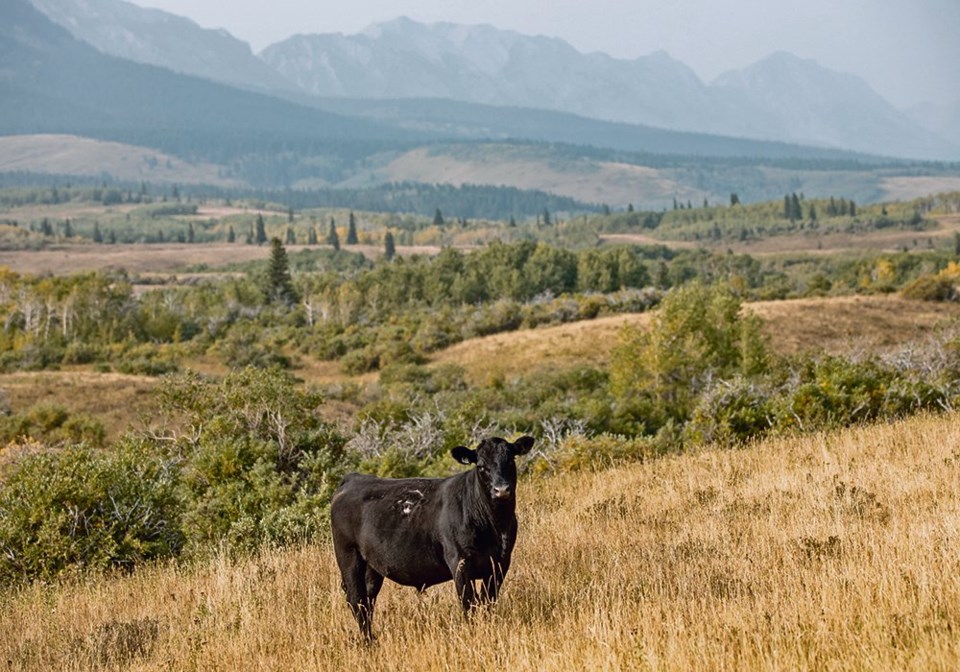WESTERN PRODUCER — A more than 300-acre parcel of ranch land sitting on the eastern slopes of the Rockies in southwestern Alberta has been in the Pisony family for more than a century, having been passed down through five generations.
In February, the family reached an agreement with the Nature Conservancy of Canada, which will restrict development of the land through a conservation easement that will last in perpetuity.
It’s not the easiest decision to make for ranchers to place restrictions on their land.
But with the largest tract in North America of unbroken native grasslands running from the Rockies in southern Alberta to southern Saskatchewan, it’s a decision more ranchers have opted for in the last decade.
While the NCC has been the dominant organization in recent years when it comes to organizing and financing conservation easements, the Saskatchewan Stock Growers Foundation has for the past two years been angling to provide landowners with an option.
Specifically, a fixed-term option for easements, which might be a better fit for ranchers.
About five percent of Saskatchewan’s native grasslands are covered under a conservation easement representing 450,000 acres spread over 2,400 different agreements.
“We’re pretty passionate about protecting the native lands,” said Chay Anderson about his family’s decision to consider an easement during a SSGF webinar on the topic held earlier this month. “It seems like the right direction to go.”
The Anderson family ranches in the Fir Mountain, Sask., area located near the borders of Alberta and Montana, in an area with some of the densest populations of endangered species in Canada.
Anderson said the family is considering the term option for their easement, “just mainly so you can re-evaluate after so many years to make sure it’s still working with your program.”
He said the family is looking at an option of about 25 years. Easements ensure people continue to ranch on the land regardless of who owns it.
“It keeps people ranching on it,” said Anderson, adding that adds financial stability to rural ranching communities.
However, predicting how an easement will affect a ranching operation decades later is not easy, said Anderson, and it is a decision that his father, who holds the title, isn’t going to rush into.
“He doesn’t want to sign something that he feels that in 30 years will hinder us — the next generation on the land — or if it’s for longer, the next generation. That’s a large concern,” he said.
“There is a lot more talk that needs to happen and maybe these concerns aren’t as big as we think.”
Financial considerations can vary but Tom Lynch-Staunton, NCC regional vice-president, said they can either include a payment from a conservation organization or can be donated to a non-profit, which will allow for a tax-deductible donation.
He acknowledged the decision to place a conservation easement on a piece of land is not easy. And while the NCC is involved in perpetual easements, the SSGF’s fixed-term option will serve to establish conservation practices into the future.
“They won’t be able to sub-divide or be able to farm and that essentially limits their options forever,” said Lynch-Staunton regarding perpetual easements. “That’s the challenge for easements. You have to be, as a landowner, really aware of what you’re giving up, which is essentially choice to do with your land whatever you want to do.”
One of the reasons there has been growing interest in easements is that generations of ranchers have provided excellent stewardship of native prairies and there is a desire to ensure that legacy is locked in for future generations.
“I think another part of it is we are seeing a lot of pressures to convert to farming or sub-dividing for recreational properties,” said Lynch-Staunton. “When canola is at record high prices, it’s a really tough decision — especially on land that is farmable — to sacrifice the dollars you could make for ranching, which is a little bit more volatile, a little bit more risky.”
Protecting land from oil and gas operations can also prove to be tricky because the resource under the ground primarily belongs to the provinces, which can force access to private land.
While easements can’t prevent that type of development, they can provide an ally in ensuring all proper measures to protect the landscape are enacted.
Whether it’s SSGF, NCC, Ducks Unlimited or any other land trust, Lynch-Staunton says the goal is the same.
“Our goals are to conserve natural habitat or restore natural habitat,” he said.




